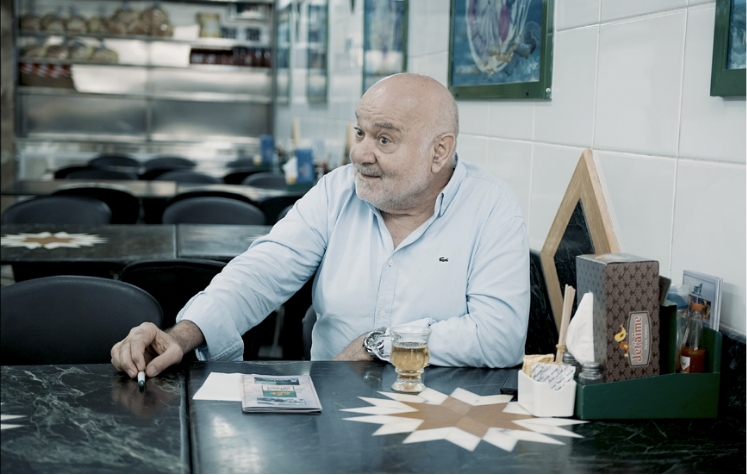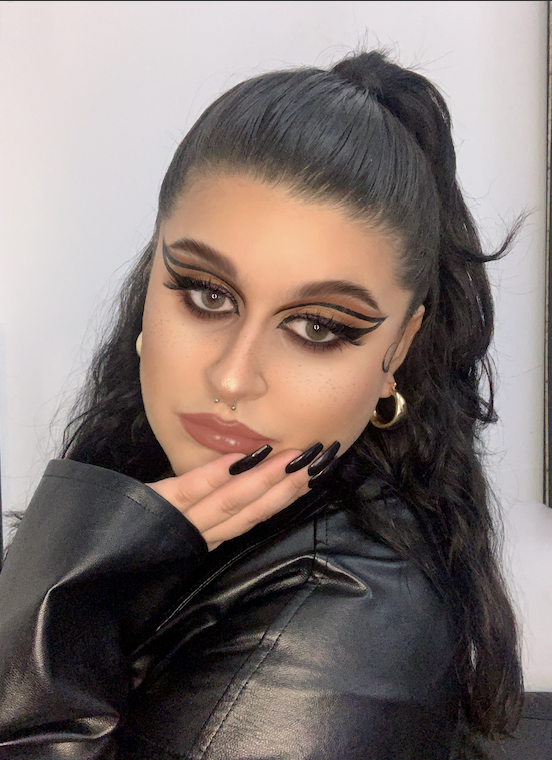You Will Defs Like these too
Life Video of The Day

Rund's Halloween Makeup TutorialOct.27.2020
New at The Modern East
Sign Up To Our Newsletter
[ninja_forms_display_form id=20]

Throughout this month, The Modern East has taken the initiative of showcasing some of the most talented Arab artists out there in a series we like to call “An Artist A Day“. From paintings and drawings to illustrations and photography, we are so excited to display these incredible artists, for your enjoyment.
There are so many wonderful artists born and bred within the Arab community; artists that we believe deserve to be highlighted and appreciated. There really is no better feeling than a reflection of your community in the art you consume.
The next artist we’re excited to introduce is eL Seed, a French-Tunisian street artist whose work incorporates graffiti and Arabic calligraphy, a style commonly known as Calligraffiti.
eL Seed uses Arabic calligraphy and a distinctive style to spread messages of peace, unity and to underline the commonalities of human existence. His artwork consistently aims at unifying communities and redressing stereotypes. In his quest to unify the people, eL Seed always makes sure to create appropriate art that aptly summarises the voice of whichever community he is working within, and to underline his key principals of love, respect and tolerance.
His work has been shown in exhibitions and in public places all over the world including most notably on the façade of L’Institut du Monde Arabe in Paris, in the favelas of Rio di Janeiro, on the DMZ in between North and South Korea, in the slums of Cape Town and in the heart of Cairo’s garbage collectors neighbourhood.
Wherever you are in the world, there’s a chance you’ll be able to spot his work.
View this post on InstagramA post shared by eL Seed (@elseed) on
Born in 1981 in Paris, eL Seed found himself to be disconnected from his Arabic roots. Going into his teenage years, the desire to go on a quest for his identity grew. He began to delve into his own heritage and learned to read and write standard Arabic. It was during this journey that he began to develop his artistic style of calligraphy, which would later bring him worldwide acclaim.
He found that Arabic calligraphy was a way of building a link between his equally important French and Tunisian backgrounds and as he matured, eL Seed began to use that same calligraphy as a tool to build bridges all over the world.
Though eL Seed is widely known as a graffiti artist, his work is not limited to that of spray-painted street art.
View this post on InstagramA post shared by eL Seed (@elseed) on
View this post on InstagramWe should all be nomads #nomads #Picabia #elseed 📸 @sana.1105 – @artinpublicspace
A post shared by eL Seed (@elseed) on
View this post on InstagramA post shared by eL Seed (@elseed) on

